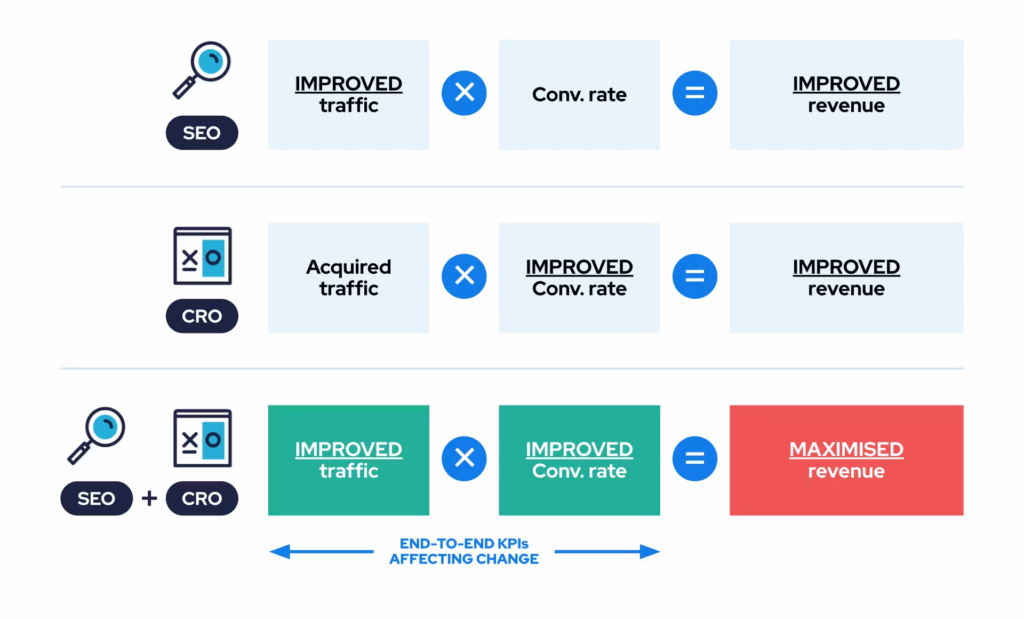If your only conversion tactics are discount codes and exit popups, you’re barely scratching the surface. Sure, those tricks can snag a few impulse buys, but if you want real growth — the kind that turns visitors into loyal customers — you’ve got to think deeper. Shopify gives you so many tools now that relying on “10% off your first order” just feels… outdated.
So, let’s go beyond the basics.
1. Personalization Isn’t Optional Anymore
Imagine walking into a store where the salesperson remembers your last purchase, your size, and even what color you liked. You’d probably shop there again, right? That’s the power of personalization online — only now it’s automated.
Shopify apps like LimeSpot or Rebuy can create dynamic product recommendations that change depending on who’s browsing. If someone looked at resistance bands last week, show them workout mats or a “build-your-home-gym” bundle today.
Here’s the deal: customers crave relevance. A Shopify store that feels tailored to them will always outperform one that just dumps everything on the homepage.
2. Create Micro-Conversions Along the Journey
Here’s something most store owners miss — not every conversion is about “Add to Cart.”
Micro-conversions are the small steps that lead to that final buy. Signing up for your newsletter. Watching a product video. Using your virtual try-on feature. Each one builds trust.
Track these tiny actions using Shopify analytics or tools like Hotjar. Once you spot where customers drop off, tweak those points. Maybe your video takes too long to load, or your size chart is buried. Fixing these “mini-frictions” often leads to surprisingly big revenue jumps.
3. Go All-In on Post-Purchase Upsells
A lot of people stop marketing after checkout. Big mistake.
The post-purchase moment is like catching lightning in a bottle — your customer is already in buying mode. Tools like AfterSell or Zipify OneClickUpsell let you offer complementary products right after the sale without interrupting the checkout process.
Let’s say someone buys a facial cleanser. Right after payment, show them a limited-time offer for your collagen mask or exfoliating glove. It feels natural, relevant, and — best of all — frictionless.
Think of it like asking, “Do you want fries with that?” It’s classic upselling, just digitized.
4. Build Trust with Transparent Social Proof
Here’s the thing: people don’t trust ads. But they do trust other buyers.
So instead of plastering “5-star reviews” everywhere, make your social proof look real — because it should be. Add user-generated content (UGC) to your product pages. Feature tagged photos from Instagram. Show before-and-after shots (if applicable).
Better yet, let customers filter reviews by “skin type,” “use case,” or “fit.” That level of transparency doesn’t just prove your product works — it shows you actually care about their experience.
One more underrated move: highlight verified purchases. That small badge next to a review does wonders for credibility.

5. Test “Urgency Lite” — Without the Cheap Tricks
You’ve seen those fake countdown timers. They scream “scammy,” and buyers see through them.
But real urgency? That works — if it’s authentic. For example:
- “Limited run of 200 units.”
- “Ships before Diwali if you order in the next 48 hours.”
- “Only 12 left in stock (and that’s not a bluff).”
It’s about creating contextual urgency, not fear-based pressure. If your messaging matches your brand tone, it won’t feel forced.
6. Loyalty Programs That Actually Feel Rewarding
A basic points system is fine, but if you really want repeat customers, make your loyalty program feel exclusive.
Offer things like early access to new products, free samples, or even behind-the-scenes content for your top-tier members. Shopify’s Smile.io or LoyaltyLion make it easy to segment your audience and personalize perks.
Think of your loyalty program as a mini community, not just a “spend more, earn points” system. People want to belong — tap into that.
7. Level Up Your Email (and SMS) Flows
Automated flows aren’t new, but how you write them makes all the difference.
Most stores send robotic reminders like, “You left an item in your cart.” Yawn. Try this instead:
“Hey, looks like you were checking out the Acupressure Sandals — they’ve been flying off the shelf lately. Want me to save your size before it’s gone?”
A touch of personality turns a bland reminder into a human message.
Also, experiment with multi-step sequences: a thank-you email, followed by a product care guide, and later, a personalized cross-sell. You’re building a conversation, not just sending blasts.
8. Optimize Your On-Site Experience for Real Humans
Sometimes, the biggest conversion killers are tiny UX details. Slow loading pages. Confusing layouts. Overcomplicated checkouts.
Run user tests — literally have someone unfamiliar with your site try to make a purchase and watch where they hesitate. You’ll spot problems no analytics report can show.
And mobile? It’s everything now. Make sure your buttons are thumb-friendly, your text doesn’t require zooming, and checkout feels effortless. A 1-second delay can mean the difference between a sale and a bounce.
Conclusion
Conversions aren’t about tricking people into buying. They’re about removing every bit of friction and making the “yes” feel natural.
Discounts and popups? They still have their place. But today’s buyers are smarter. They expect a brand to get them, not just chase them.
So start small. Try one or two of these tactics this week. Watch how your customers respond. Then refine, test, and repeat.
Because the best Shopify stores aren’t just selling products — they’re building trust, one click at a time.

